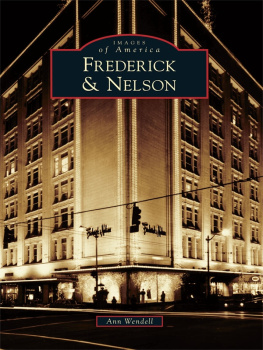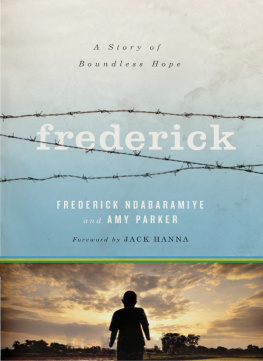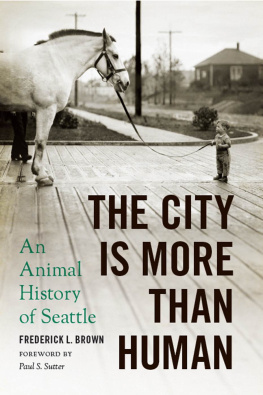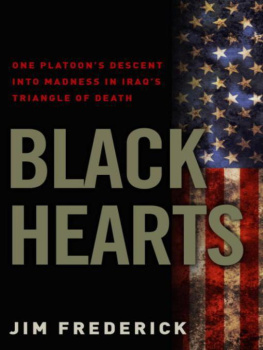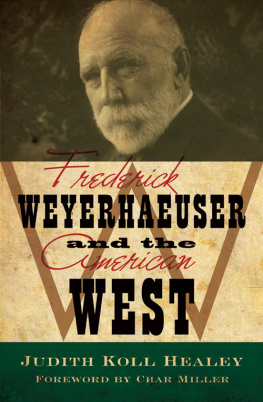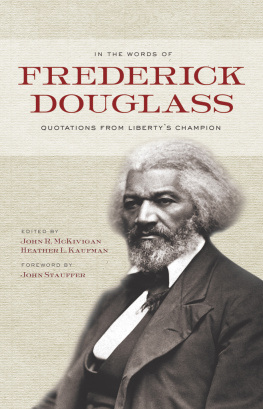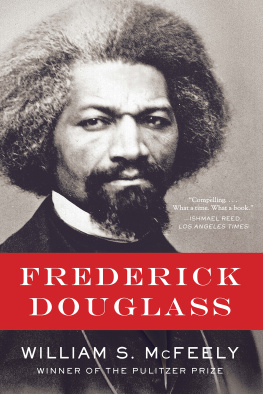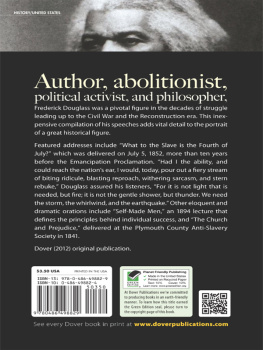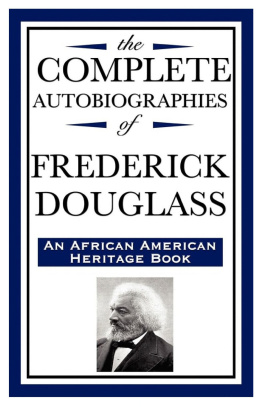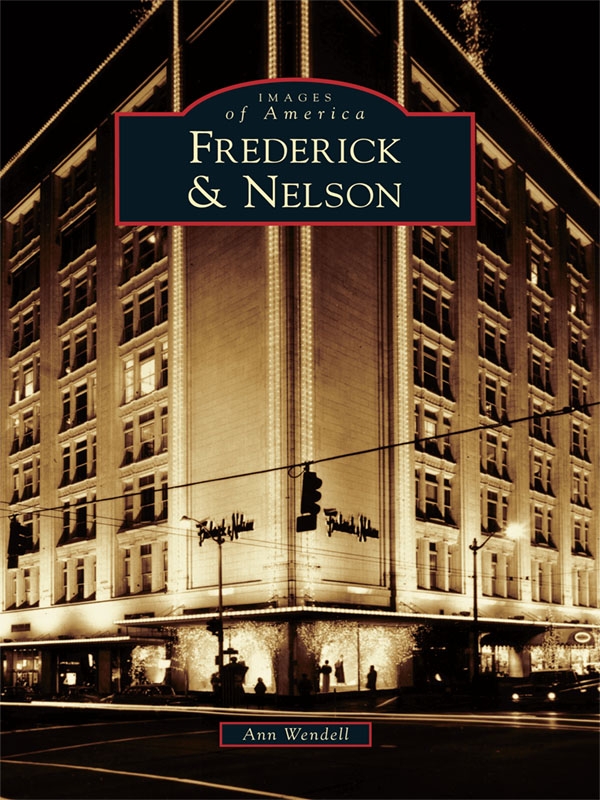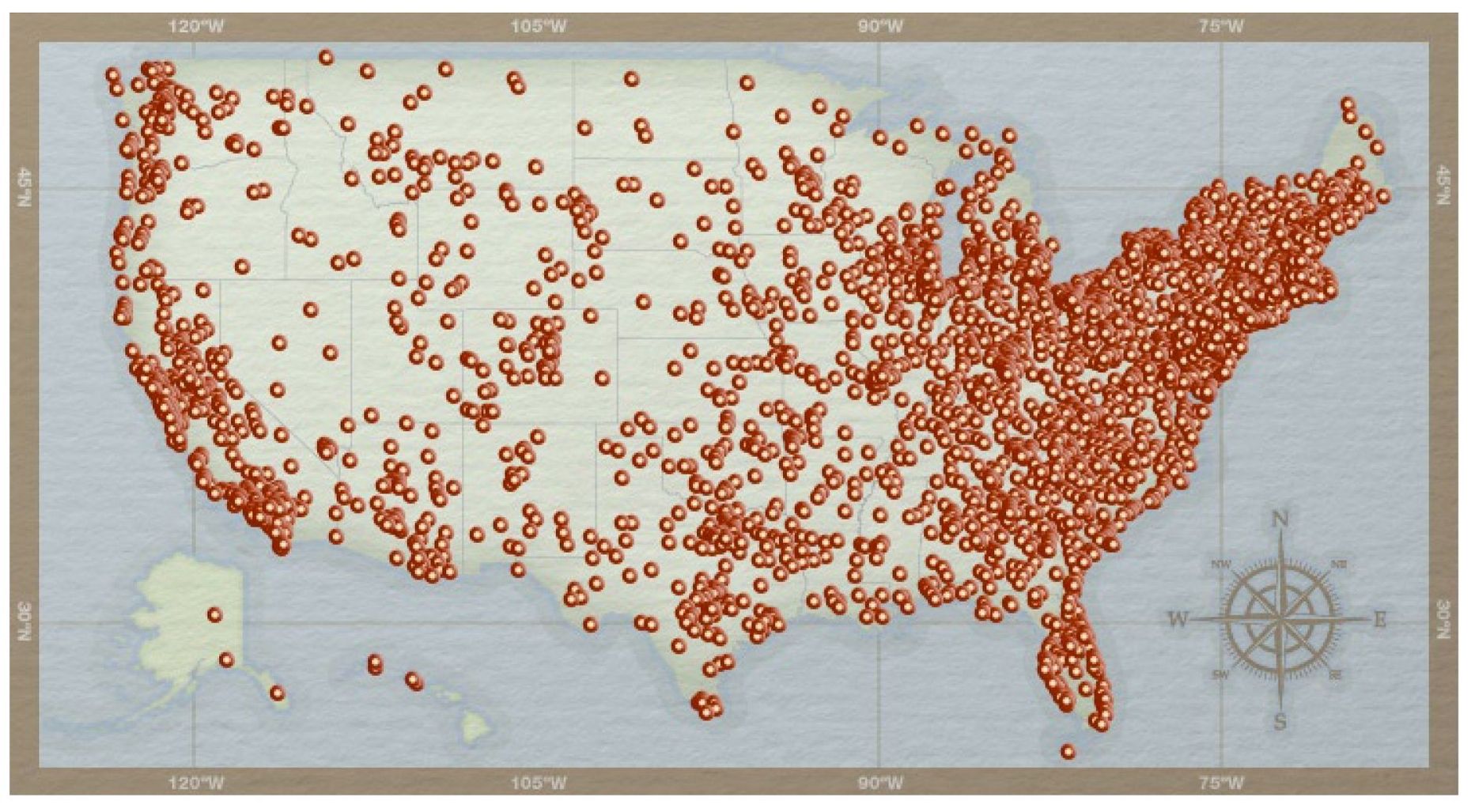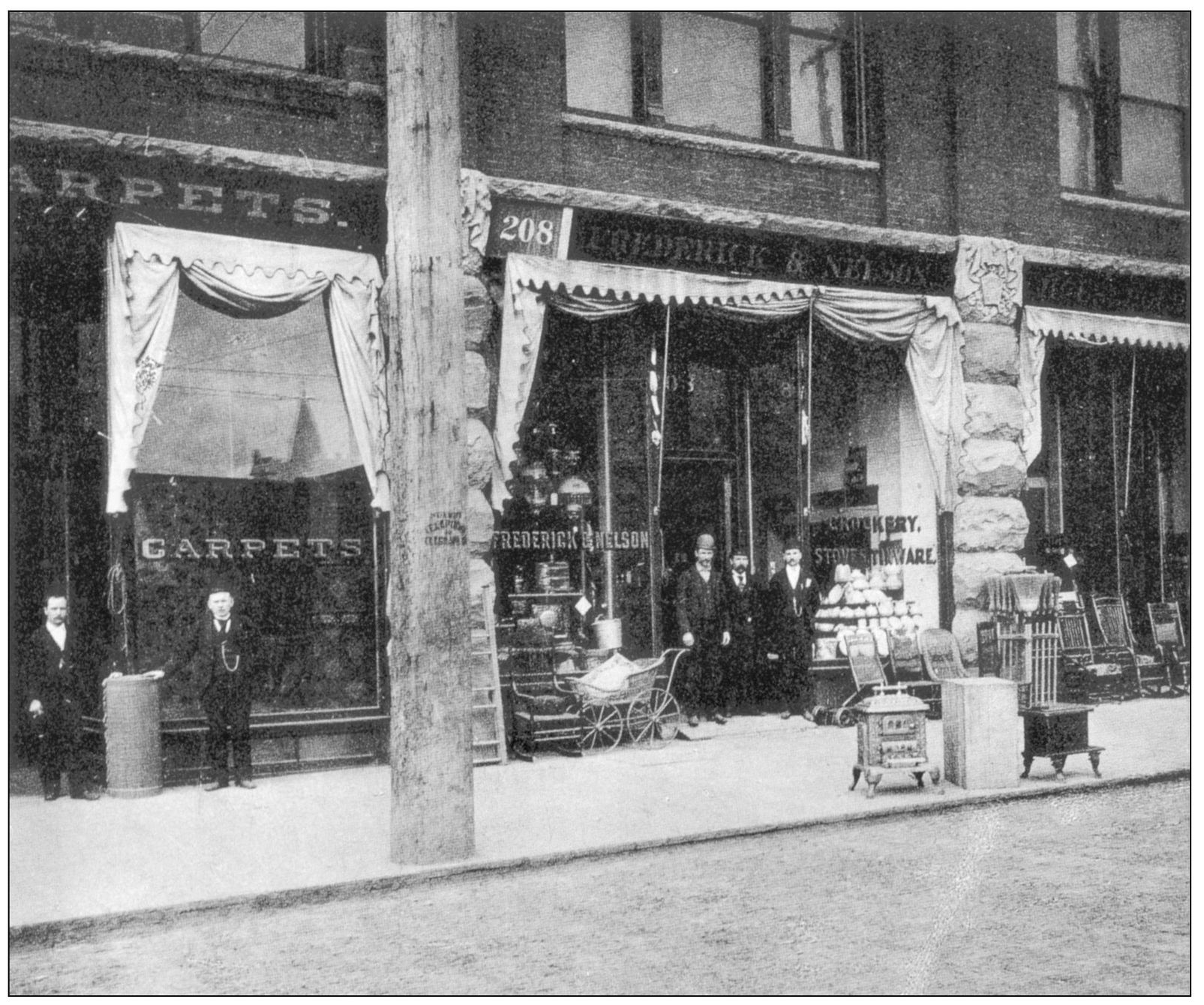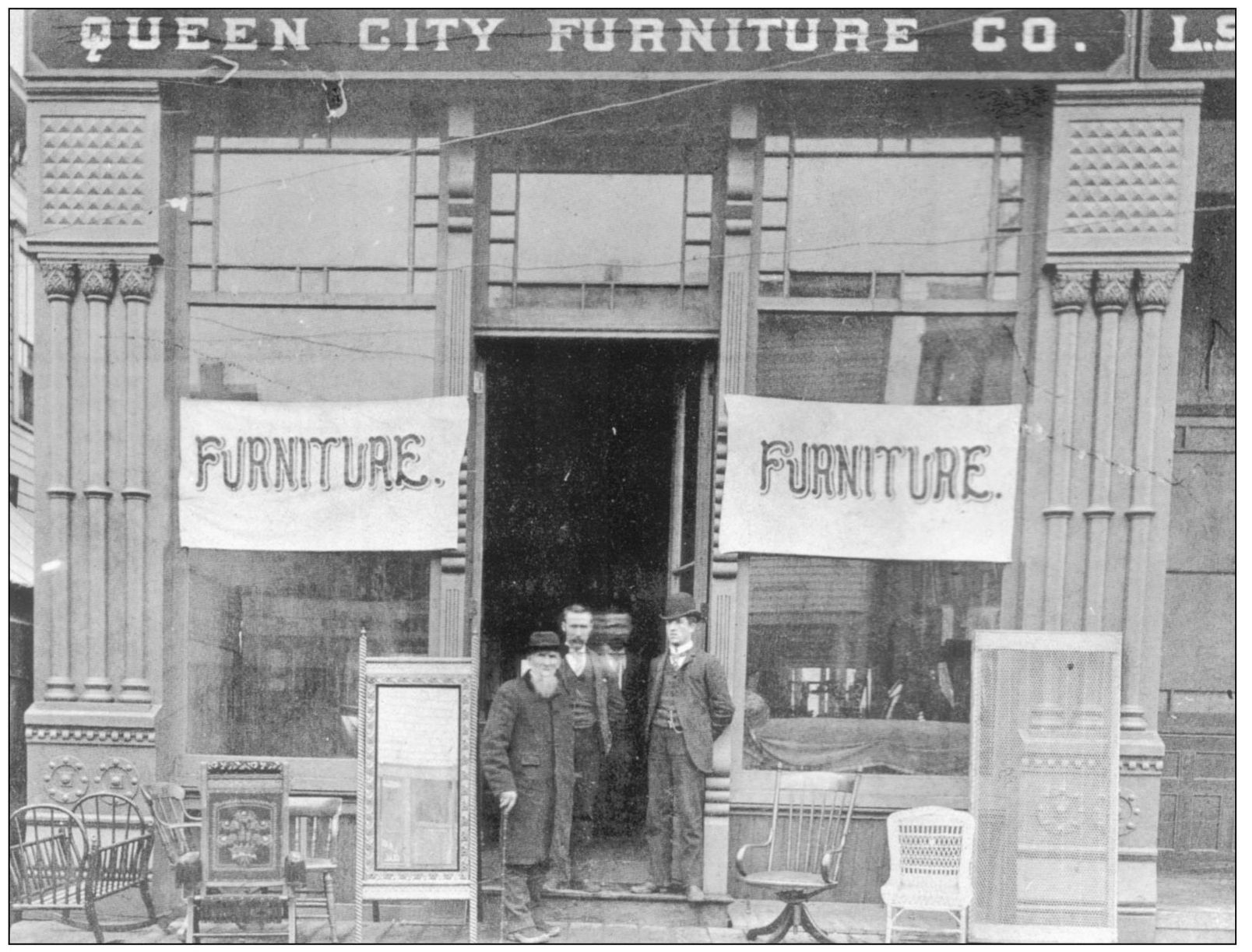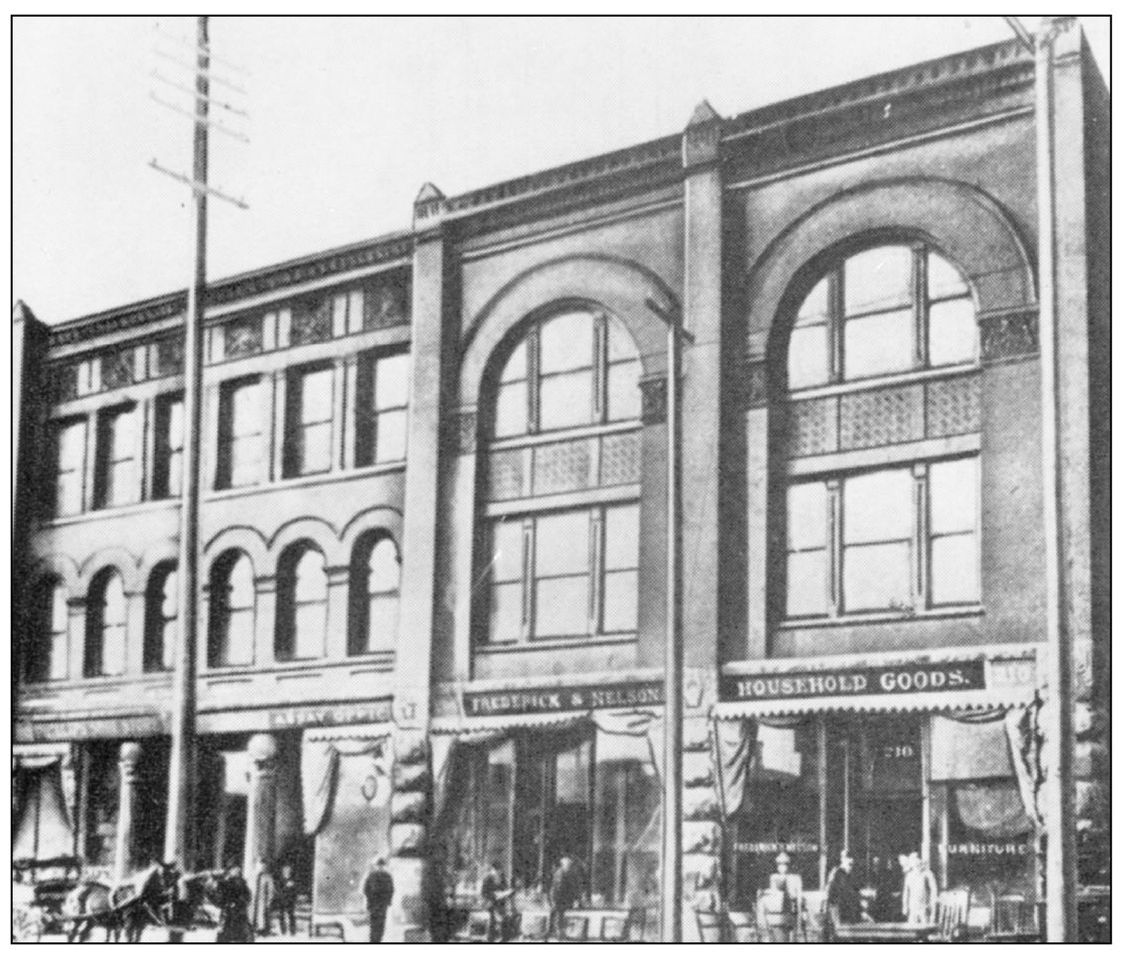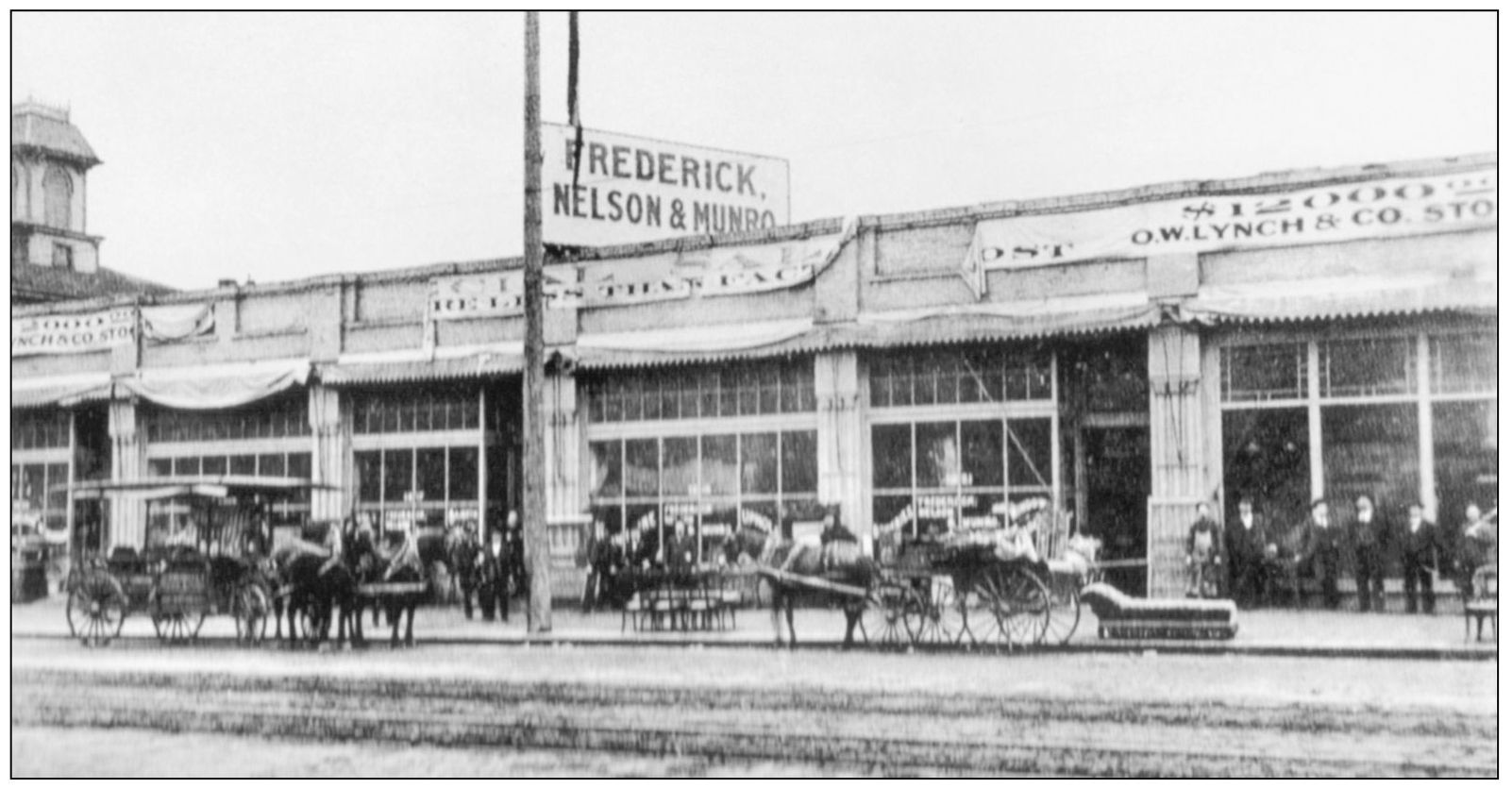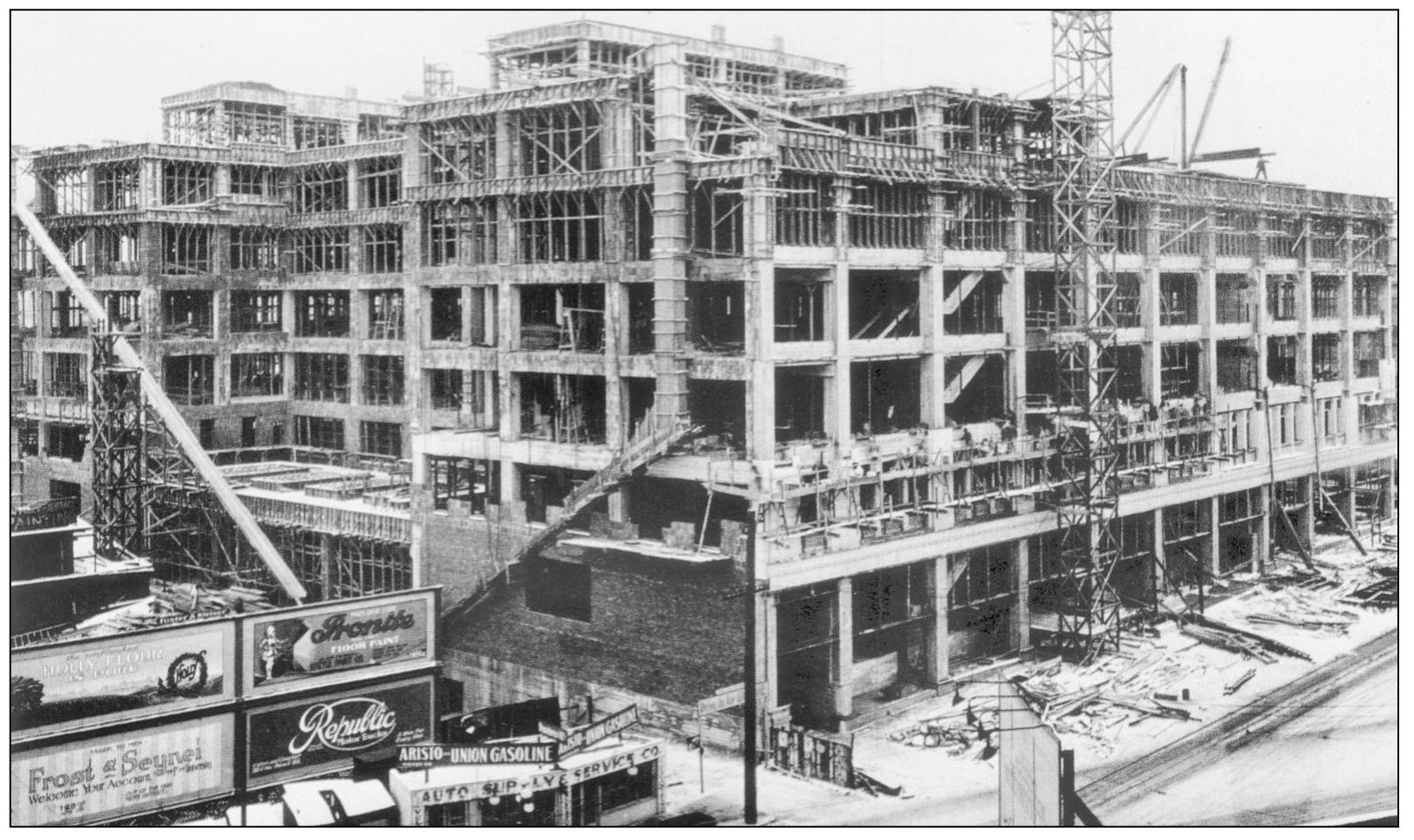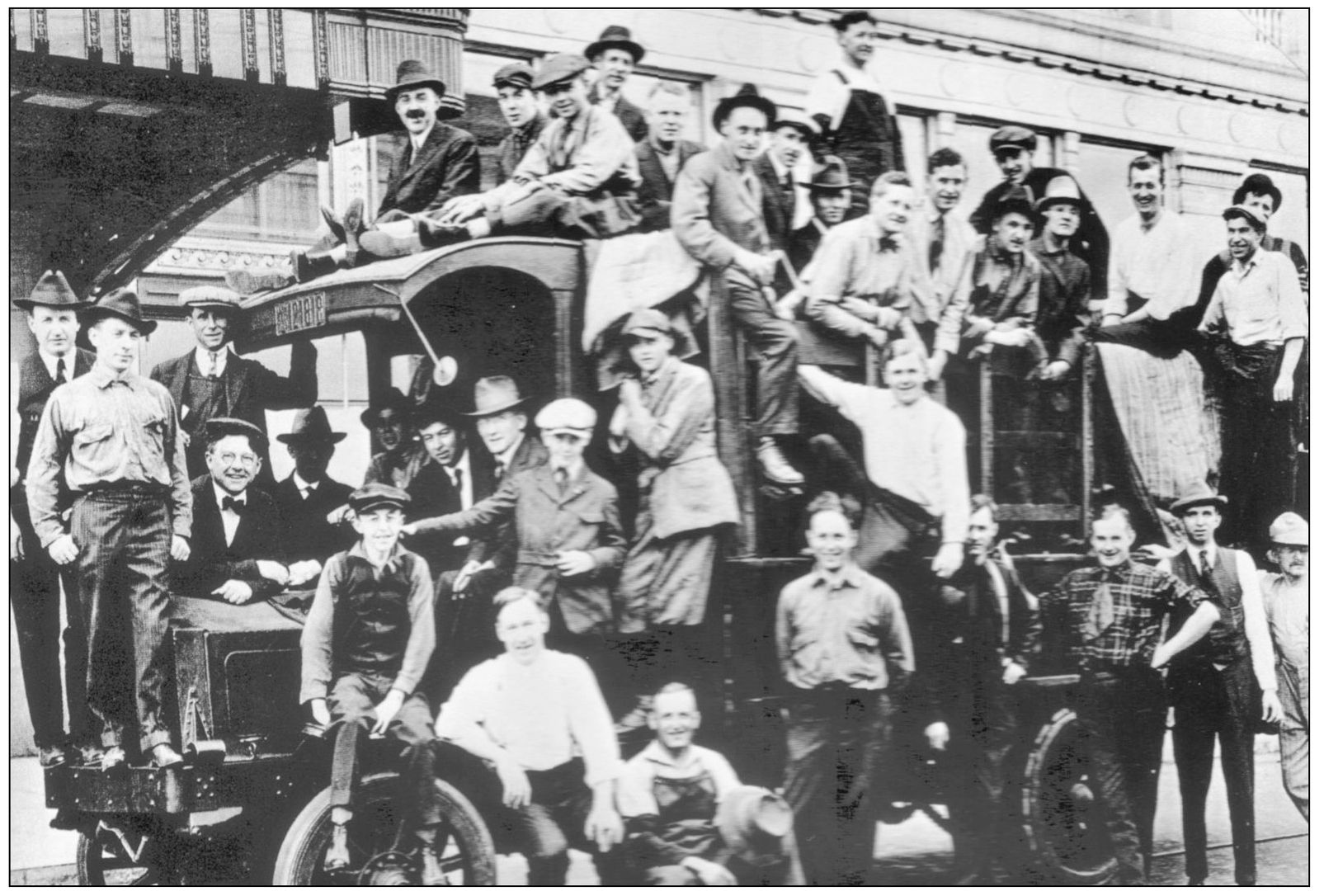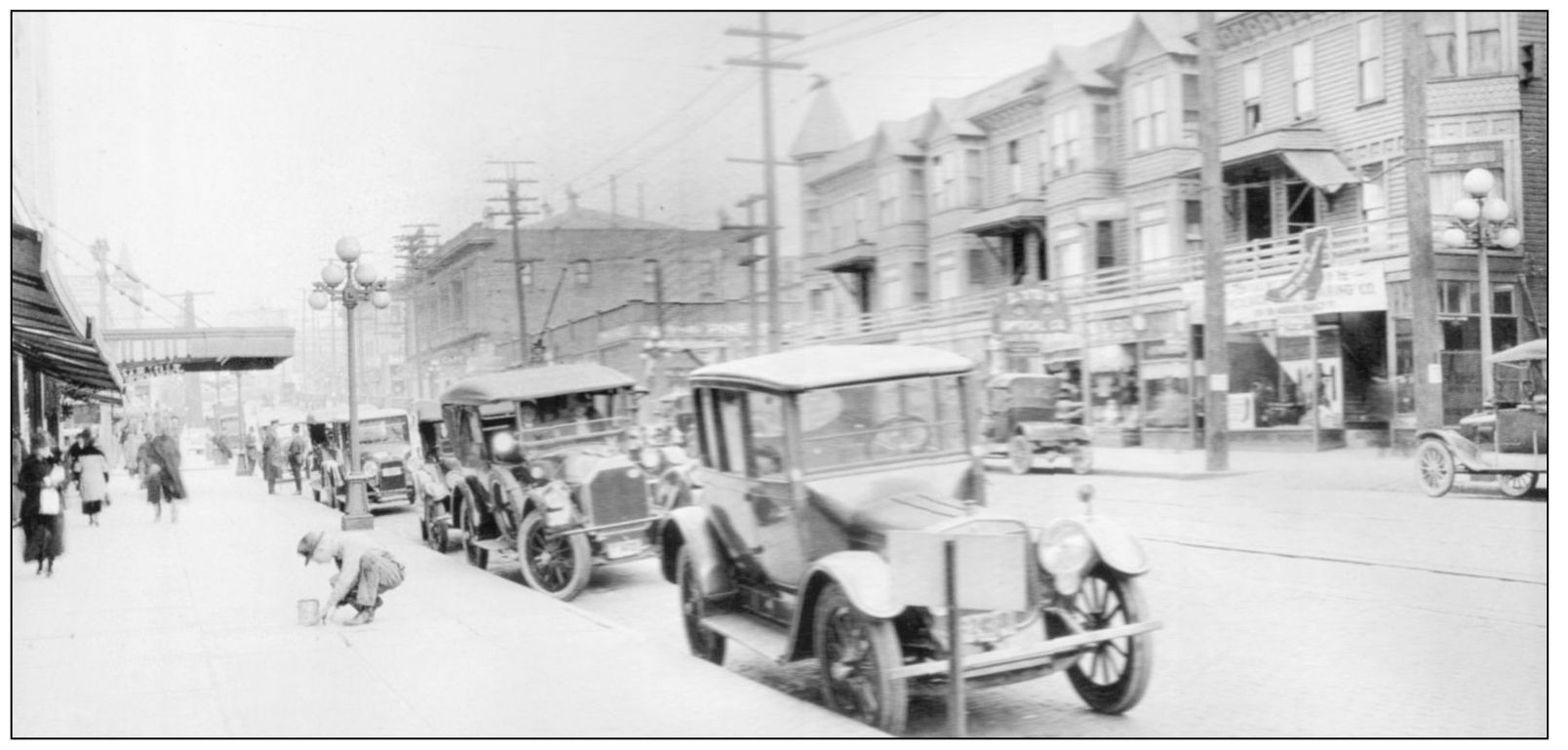ACKNOWLEDGMENTS
When Frederick & Nelson (F&N) closed its doors in 1992, Seattles Museum of History and Industry (MOHAI) became the lucky recipient of more than 46 boxes of materials from the store, including photographs, original artwork, and in-store materials from over 100 years of the stores existence. I would especially like to thank Carolyn Marr, the librarian at MOHAI, for help in navigating this treasure trove. Another great inspiration to me was Robert Spectors wonderful book More Than a Store: Frederick & Nelson, 1890 to 1990, commissioned for the stores 100th anniversary. Several Web sites include both personal and public history of F&N, including HistoryLink.org and PDXHistory.com . Thanks to my network of friends, colleagues, and acquaintances that spread the word far and wide that I was seeking F&N pictures and memories to great response. In particular, Id like to thank the members of RHS75 yahoo group, classmates in MOHAIs Nearby History class, Kimberly Carsberg, and the Dauenhauer, Murray, Allyn, and White families. I also wish to thank Julie Pheasant-Albright, good friend and editor, for suggesting this project and for skipping work with me to attend the final F&N auction. Most of all, I want to acknowledge my parents, Ted and Virginia Wendell, who met in Chicago at Marshall Field & Company and moved here in 1947 for my fathers new job in the employment department at Frederick & Nelson, where he remained for 35 years. Their loving preservation of F&N memorabilia has been a legacy enjoyed by my sister, Robin Glover, and me, and has now stood as the basis for this book.
Unless otherwise noted, all images belong to the authors familys personal collection.
Unless otherwise noted, all customer/associate quotes are from memories submitted to Frederick & Nelson during the 1986 Christmas ad campaign; original letters are part of MOHAIs Frederick & Nelson collection.
I remember the wood inside the Fredericks elevators. And those dazzling lights we didnt have in Bremerton. It was the ultimate in luxury. The feel of it, and the smell of it. It smelled... like money.
Kaaren Mynar Netwig, longtime customer
Whatever they did, they did with class. The customer was always right.
Victor Rosellini, local restaurateur
It was not just a store. It was an institution, a cold word for cherished places that shape our lives.
Sylvia Wieland Nogaki, Seattle Times reporter
Still, like an old sweet song, Fredericks clings to the synapses of many longtime Puget Sounders. It evokes gone but not forgotten events in their lives... a sense of something losta child in a velvet-collared Chesterfield coat sitting on Santas knee. A friend, a first formal, a taste of elegance or innocence.
Susan Paynter, Seattle Post-Intelligencer reporter
Find more books like this at
www.imagesofamerica.com
Search for your hometown history, your old
stomping grounds, and even your favorite sports team.
One
OUTSIDE, INSIDE, ALL AROUND THE TOWN
Prompted by news of the Great Northern Railroad choosing Seattle for its western terminus, the population of Seattle exploded, as did its economy. Frederick & Nelson followed suit. D. E. Frederick and Nels Nelson, pictured here at far left (from left to right), moved their store several times in the early days, but by 1892, it was settled into this space at 208210 Pike Street.
With the 1891 acquisition of the Queen City Furniture Company, Frederick & Nelson added the sale of new furniture. This was prompted in part by the increase in competition, which had made secondhand furniture scarce but still in high demand. One night, when Nelson returned to the room he shared with Frederick (pictured center above), he found the bed missingsold to one of their customers.
On a snowy Christmas Eve in 1890, a customer wanted to purchase a secondhand rocker for his wife for Christmas but only if it could be delivered that night. The partners climbed to the top of Denny Hill, trading off carrying the heavy chair on their backs. This was the first delivery in the history of F&N.
Frederick & Nelson purchased the assets of the Pacific Carpet Company in 1897 and then consolidated with Silas Munros New England Furniture Store. At this point, the name changed again, to Frederick, Nelson, and Munro. Munro, however, was apprehensive of expanding too rapidly and soon parted company with Frederick & Nelson.
Their second move in 1897 took the store to the Rialto Building on Second Avenue and Madison Street, where they leased two floors. They installed an elevator, which was one of the first in the city and became an attraction for both locals and out-of-towners. With their expanded line of merchandise, the store was rapidly becoming a department store.
Construction on the new store on Pine Street between Fifth and Sixth Avenues began in 1916. It took two years to complete due to the shortage of materials caused by World War I. Thirty thousand square feet of pink marble covered the first floor, and the building itself was built of reinforced concrete finished with terra-cotta.
Frederick & Nelson employees pitched in to complete the work needed on the new building by laying carpets, building furnishings, and decorating. On Labor Day weekend in 1918, F&Ns 1,230 employees moved every piece of merchandise into the new building, with each department manager riding in the truck that carried his stock. This photograph commemorates this Herculean task.
Erecting the new store on Pine Street was referred to by many as Fredericks Folly because the location was considered out of town. In this 1918 photograph, the neighborhood is still residential, but this did not last for long. After Frederick & Nelsons moved to Pine Street, the rest of Seattles department stores soon made the move to that area of town as well, which remains the heart of Seattles retail district.

